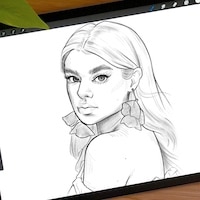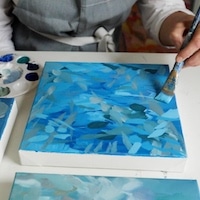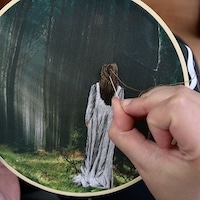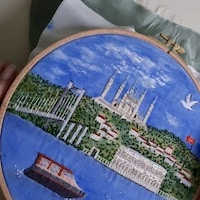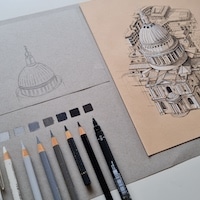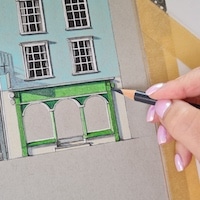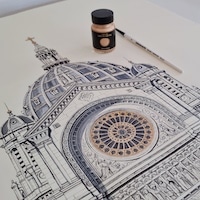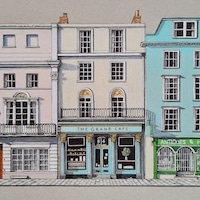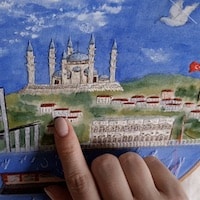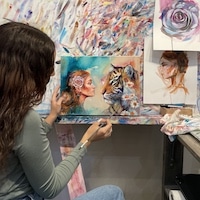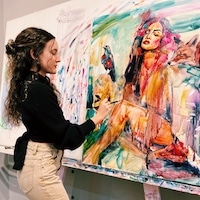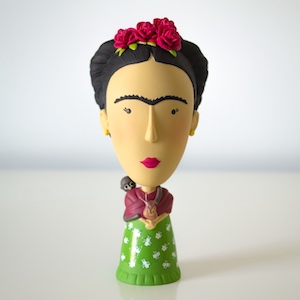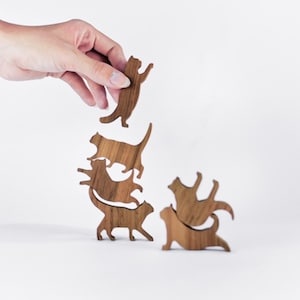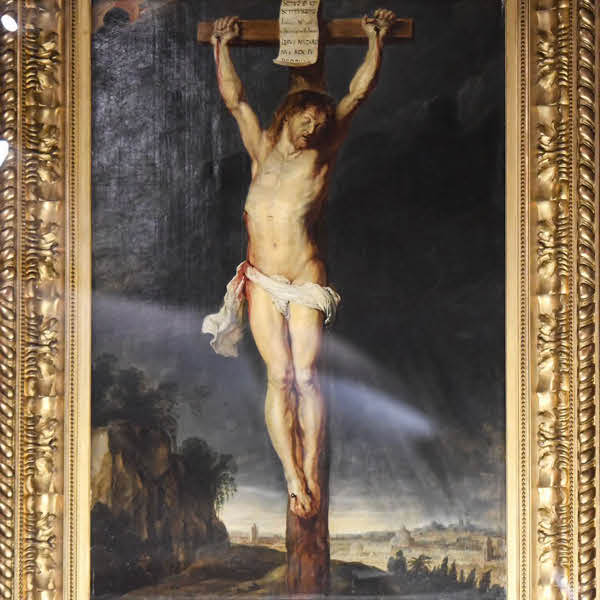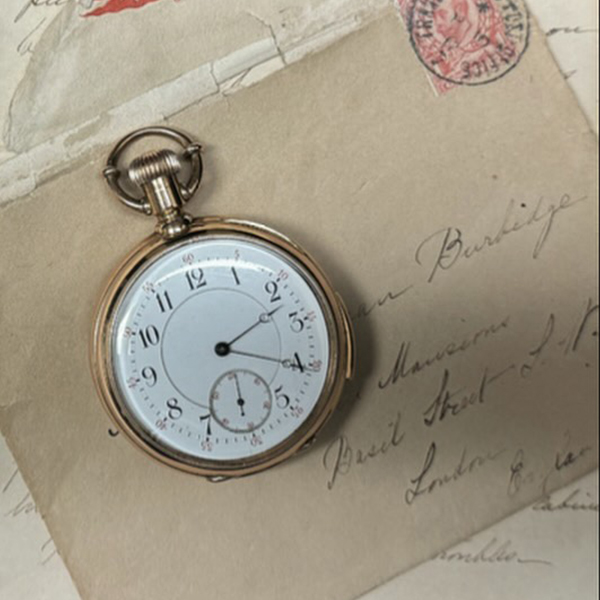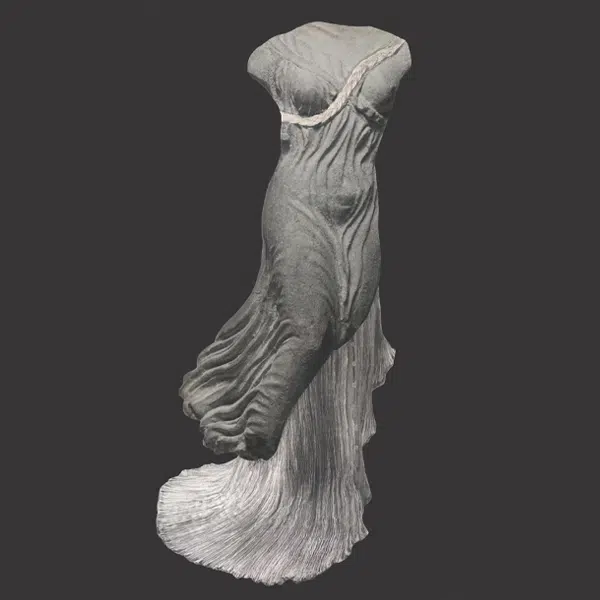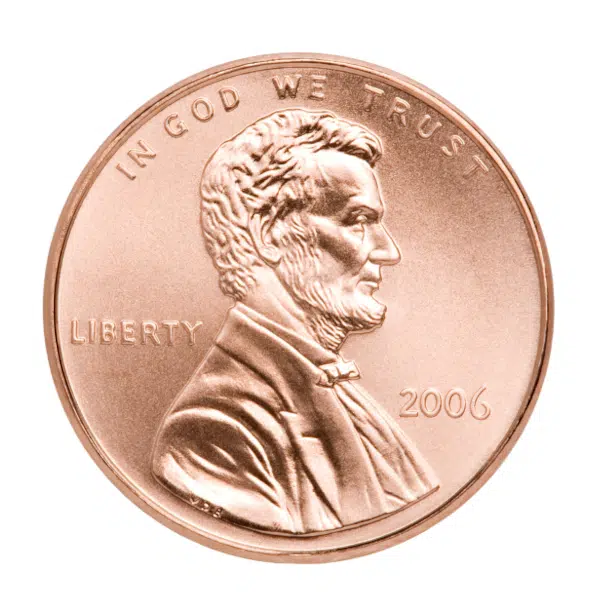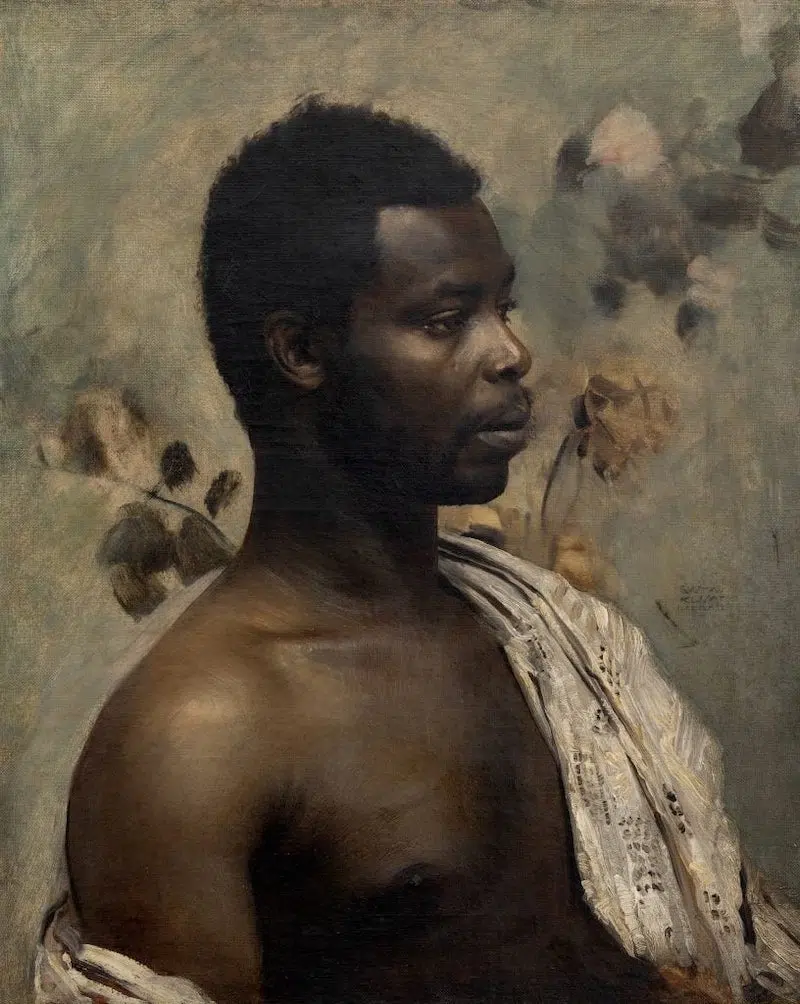
Gustav Klimt, “Prince William Nii Nortey Dowuona,” 1897. (Courtesy W&K – Wienerroither & Kohlbacher)
In 2023, when a couple of collectors walked into Wienerroither & Kohlbacher Gallery (W&K) in Vienna and claimed to be in possession of an authentic portrait by Gustav Klimt, the gallerists had their doubts. After all, the artwork was in poor condition: it was “very dirty,” according to Lui Wienerroither, the gallery’s co-owner, and set inside an unattractive frame. To confirm its authorship, Wienerroither and co-owner Ebi Kohlbacher called upon art historian Alfred Weidinger, who wrote the 2007 catalog raisoné about the renowned Austrian artist. He deemed it a genuine but long-lost Klimt—all thanks to a faded stamp on the back of the canvas, proving that it had come from his estate.
Up until then, the portrait had been missing for nearly 100 years. It depicts Prince William Nii Nortey Dowuona, a representative of the Ga (Osu) people from modern-day Ghana, in a serene pose, his eyes fixed toward the right side of the canvas. In the background is a soft floral pattern, with hazy stems and leaves wrapping around the prince’s shoulders. It’s a quiet and contemplative composition, indicative of Klimt’s nascent fascination with such themes.
“The composition and painterly execution point to Klimt’s turn towards decorative elements, which were to characterize his later work, and are directly linked to his pioneering portraits of the following years,” Wienerroither says in a statement.
How, then, did such a painting disappear? Klimt originally painted the portrait in 1897, while visiting the Tiergarten am Schüttel with his friend and fellow artist Franz Matsch. At the time, a Viennese völkerschau was underway, a sort of “human zoo” that revolved around exploitative, ethnographic displays of people from Asia, Africa, and Indigenous populations in northern regions. These events were not only popular in Europe throughout the 1800s and 1900s, but serve as a stark reminder of the continent’s colonial history and its tremendous impact upon Western art history.
“These people were dehumanized in these exhibitions,” Marie Rodet, a historian at the School of Oriental and African Studies in London, told The Washington Post. “They were used and exploited, and in a context in which actually it was almost about affirming the superiority of the white race over the rest of the world.”
At this particular völkerschau, Klimt and Matsch encountered an “exhibition” featuring the prince, alongside 120 additional members of the Osu tribe. The group had traveled, for 53 days, to Vienna, where they were displayed for about six months to an audience of up to 10,000 people per day. Weidinger believes that both Klimt and Matsch painted the prince on commission; but, given that their client ultimately selected Matsch’s rendition, Klimt’s went unsigned and remained with the artist.
In 1923, Klimt’s portrait was presented at Vienna’s Samuel Kende auction house, but it’s unclear whether it managed to sell. Later, in 1928, a wealthy Austrian Jewish family acquired the painting for an exhibition, eventually fleeing Europe for Monaco in 1938 due to growing anti-semitism and hostility. Since then, the portrait was unaccounted for, before finally resurfacing only a few years ago.
Following a restitution settlement with the heirs of the painting’s original owners, in addition to over 18 months of restoration efforts, Klimt’s painting was showcased to the public for the first time at TEFAF Maastricht, a premier art fair in the Netherlands held between March 15–20, 2025. There, it bore a hefty price tag of €15 million ($16.4 million). W&K has not yet confirmed whether it’s been sold, despite receiving significant interest at the fair.
To learn more about this incredible discovery, visit W&K’s website.
A long-lost Gustav Klimt portrait of an African prince has resurfaced yet again after nearly a century.
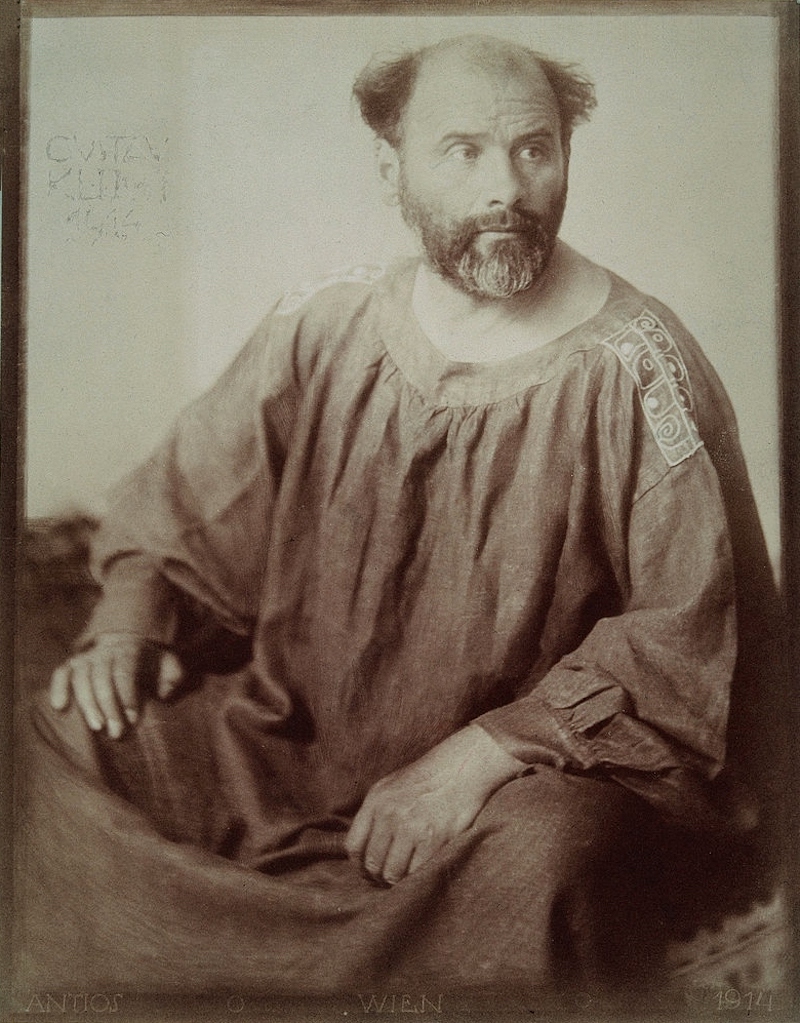
Photographic portrait of Gustav Klimt, 1914. (Photo: Josef Anton Trčka, Public domain)
Klimt painted the portrait in 1897 during an exploitative “human zoo” event in Vienna, where Prince William Nii Nortey Dowuona and other members of the Ga (Osu) tribe were being displayed.
View this post on Instagram
Wienerroither & Kohlbacher Gallery: Website | Instagram
Sources: Unearthed Klimt painting, first dismissed, now on sale for $16 million; A Rediscovered Gustav Klimt Portrait of an African Prince Is On Offer at TEFAF Maastricht; This Dusty Painting Turned Out to Be Gustav Klimt’s Long-Lost Portrait of an African Prince
Related Articles:
Spanish Painting Hidden for 140 Years Is Now on Public View for the First Time Ever
Hidden Cézanne Mural Discovered in the Walls of the Post-Impressionist Artist’s Family Home
Secret Room of Michelangelo’s Drawings Will Open to the Public for the First Time Ever











